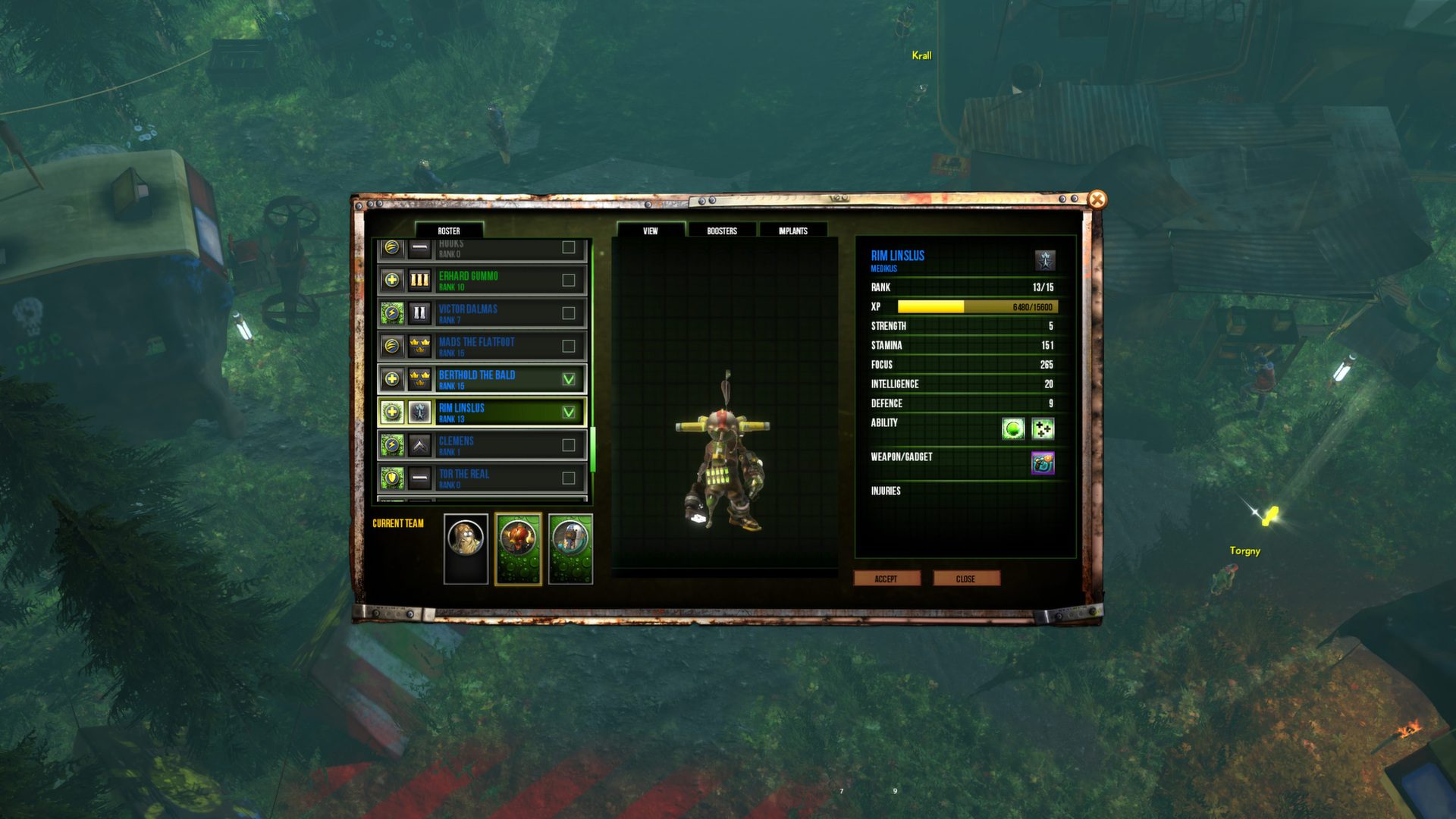

To begin, though, here’s a quick guide to who’s who in the Underworld as depicted on the vase.įront and center, we have the king and queen, Hades and Persephone. We’ll learn just how extensively as our work proceeds, and in the coming months we will keep you updated with further blog posts and videos. It was found in fragments, so even as we begin our studies, we know that it was heavily restored in the nineteenth century. Rich burials in the region almost always included a large volute krater (you may recall the trio presented in our Dangerous Perfection exhibition), but this is a particularly grand example, measuring 1.60 meters in height. The krater was discovered by 1848 in the area of Altamura, in southeast Italy. Both of those projects resulted in exhibitions, and we intend to put the vase on view once the conservation work has been completed. Regular Getty-watchers will remember the statue of Apollo from Pompeii, or the monumental Tiberius from Herculaneum. The vase is on loan from the Museo Archeologico Nazionale di Napoli, and is the latest in a series of fruitful conservation projects that we’ve undertaken with our colleagues in Naples. (Note: The fabric at the base is a temporary measure to guarantee stability during transport.) National Archaeological Museum of Naples – Conservation and Restoration Laboratory.

By permission of the Italian Ministry of Heritage and Culture and Tourism. National Archaeological Museum of Naples, 81666.

Colossal Krater from Altamura, about 350 B.C., Greek, made in Apulia, South Italy.


 0 kommentar(er)
0 kommentar(er)
